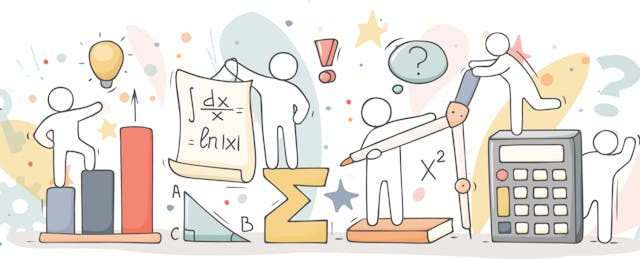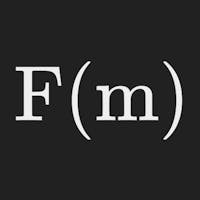In recent years, the focus in math education has shifted from the traditional priority of answering the problem to one of understanding and articulating the process. This has been accompanied by a growing demand for educators to provide quality feedback in a timely manner. And high school math teacher Krystina Wood might have discovered the secret sauce to do just that.
As a 13-year veteran at Toledo High School in Toledo, Washington, Wood was looking for a way to improve her feedback loop with students. The COVID-19 pandemic forced her to try something recommended by her student teacher. Here, Wood explains why Free Math was the right tool at the right time for her and her students.
EdSurge: How is math instruction evolving, and how does technology support this?
Wood: It’s been changing for a while. Math is moving away from “kill and drill.” It’s now about students explaining the process and making connections that apply to real life.
Free Math allows students to show their work. It’s really helped my students make fewer mistakes and learn the process. It also helps me as a teacher because I can see where students are struggling and adjust my instruction in real time. I now see where the common challenges and gaps are. It makes me a better teacher and helps me communicate better to my students.
Before COVID, they were physically turning in their paperwork. Since not all students work at the same pace, I would only be able to correct a few of the problems. I wasn’t seeing everything and wasn’t giving feedback on all of their work. Now, my students are all on devices and can show their work to me in real time. Before, feedback and grading were limited and not very helpful. It wasn’t very effective.

Now, I’m able to give feedback on each problem. Often, they make simple mistakes but don’t understand where they went wrong. Free Math allows me to hit one button to all of the students who made a mistake and get them necessary feedback at the same time. It’s helped the kids. They now understand where they went wrong and how we often all make some of the same mistakes.
Many students come in with a chip on their shoulders about math. This helps them build their confidence due to faster and more specific feedback. They can see their growth and skills improving.
There are math products that provide fully automated grading. Why did you choose to use Free Math and do more of the work yourself?
I get to see so much more about what students are understanding or where they are struggling. I see everything all at one time. I know where they are and what they need.
It helps with grading but also understanding. It shows where the problems are. I see quickly where the misunderstandings are. I don’t have to wait until an assessment to see how to support them. It leads to more formative assessments. It provides much more info to me as a teacher and then allows me to adjust my instruction.
My colleagues seem to like it, too. All of my colleagues are focusing on this communication about math, and Free Math supports this. It works well for all grade levels and math concepts. They like that they can pull problems from multiple sources.
Like all tech applications, it can be a bit of a struggle in the beginning for teachers and students. But if you jump in and realize the advantages, you will find yourself quickly learning how to use it. I would encourage teachers to watch the demos; learn by using it, and also share it with your colleagues.

Is Free Math a better tool for virtual or in-person learning?
As long as one has wifi and a device, it works well in both environments. My students are preparing to return to campus in the coming weeks, and I plan on using it daily. Free Math has the tools and resources right there. Even for students who like to write on paper, they can take a picture of their work and immediately upload to Free Math. It’s much faster for grading, feedback and assessing learning for teachers, regardless of environments.
Also, the support they offer will get you through any challenges you have. You get instant responses, and they make changes based on teacher recommendations. They have fixed things on the website the next day based on my feedback. I’ve never experienced support like this before.
They add new features constantly. For example, they added the feature that Free Math is accessible through Google accounts. Secondly, students see the feedback even faster. And when parents ask to see where students are struggling, I can share with them quickly as well.
It's been a game changer for my students and for me as a teacher. This has been extremely beneficial, especially during distance learning. It has helped my students and made me a better teacher.
Recommended viewing from Free Math:
- Taking a cue from Dr. Jo Boaler’s thoughts on the importance of struggle, Free Math is deliberately open ended. It's about giving students the flexibility to show their thinking, not guiding them through overly specific linear paths through easy problems.
- Putting a final grade on something can close off discussion. Consider giving assignments back to your students with just highlights. This highlighting workflow strategy from Leah Alcala is easy to implement with Free Math.
- Dedicated time for reviewing and discussing mistakes as a class is an important part of learning and helps students build growth mindsets. Try Leah Alcala’s classroom warm-up routine with Free Math in your next class.



